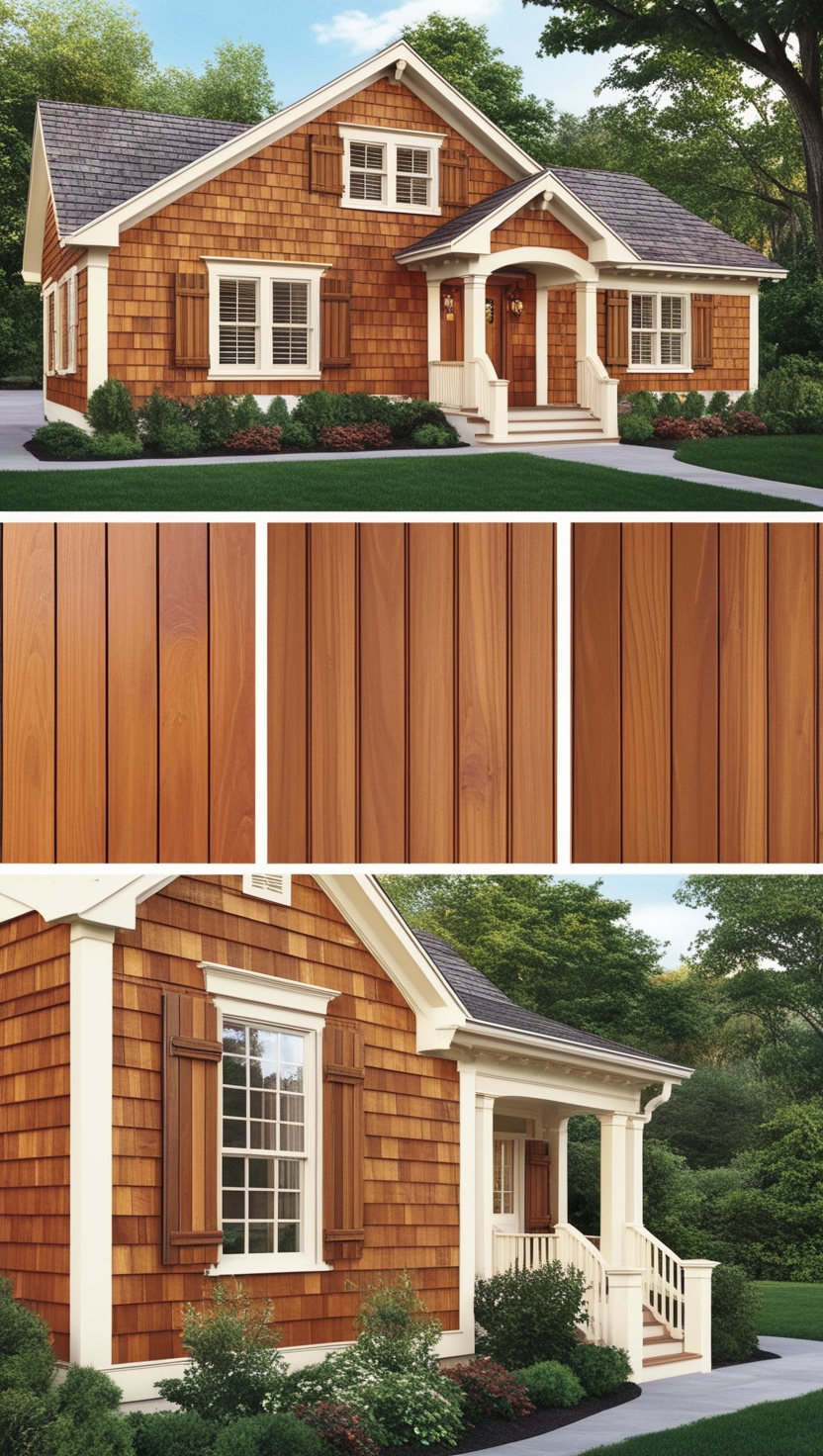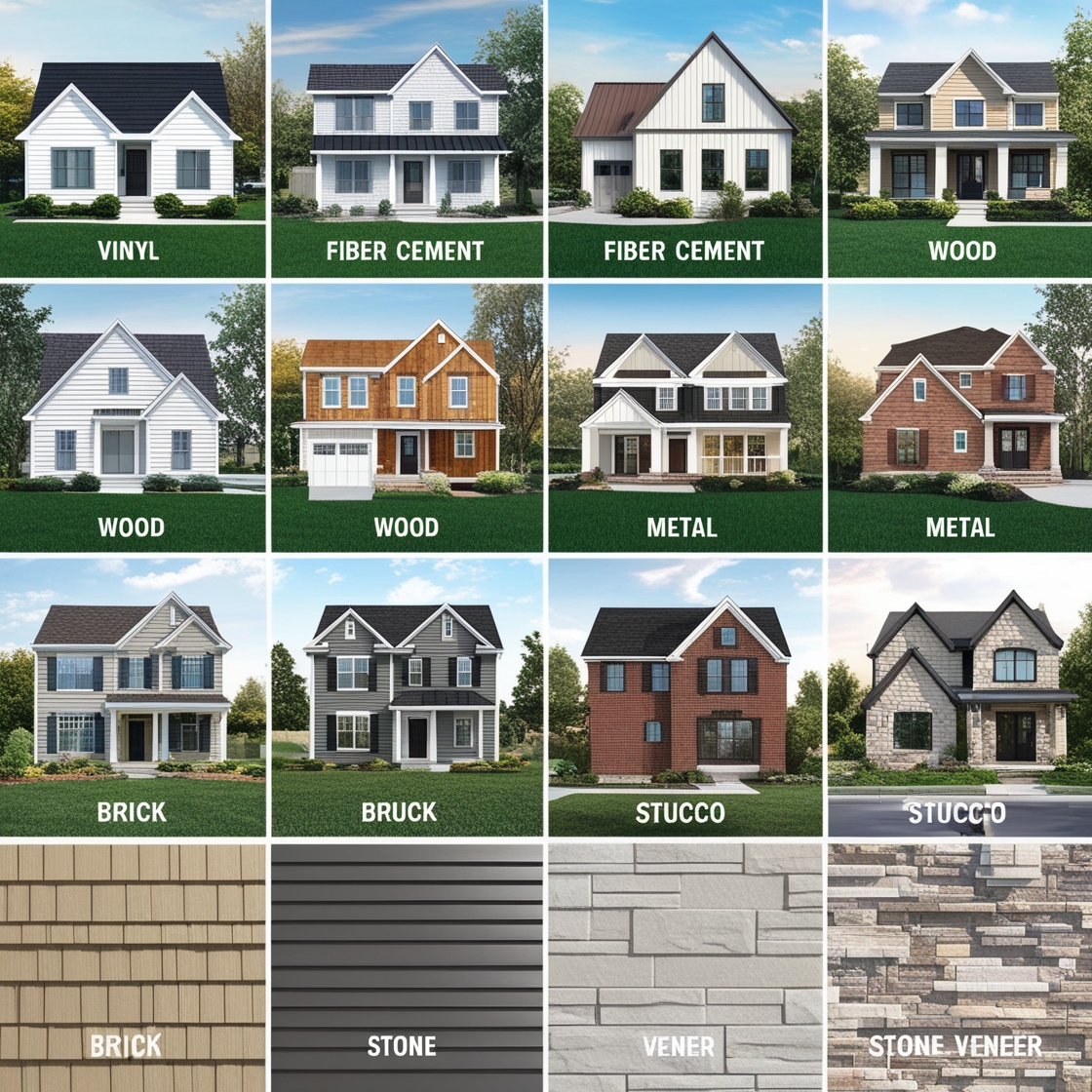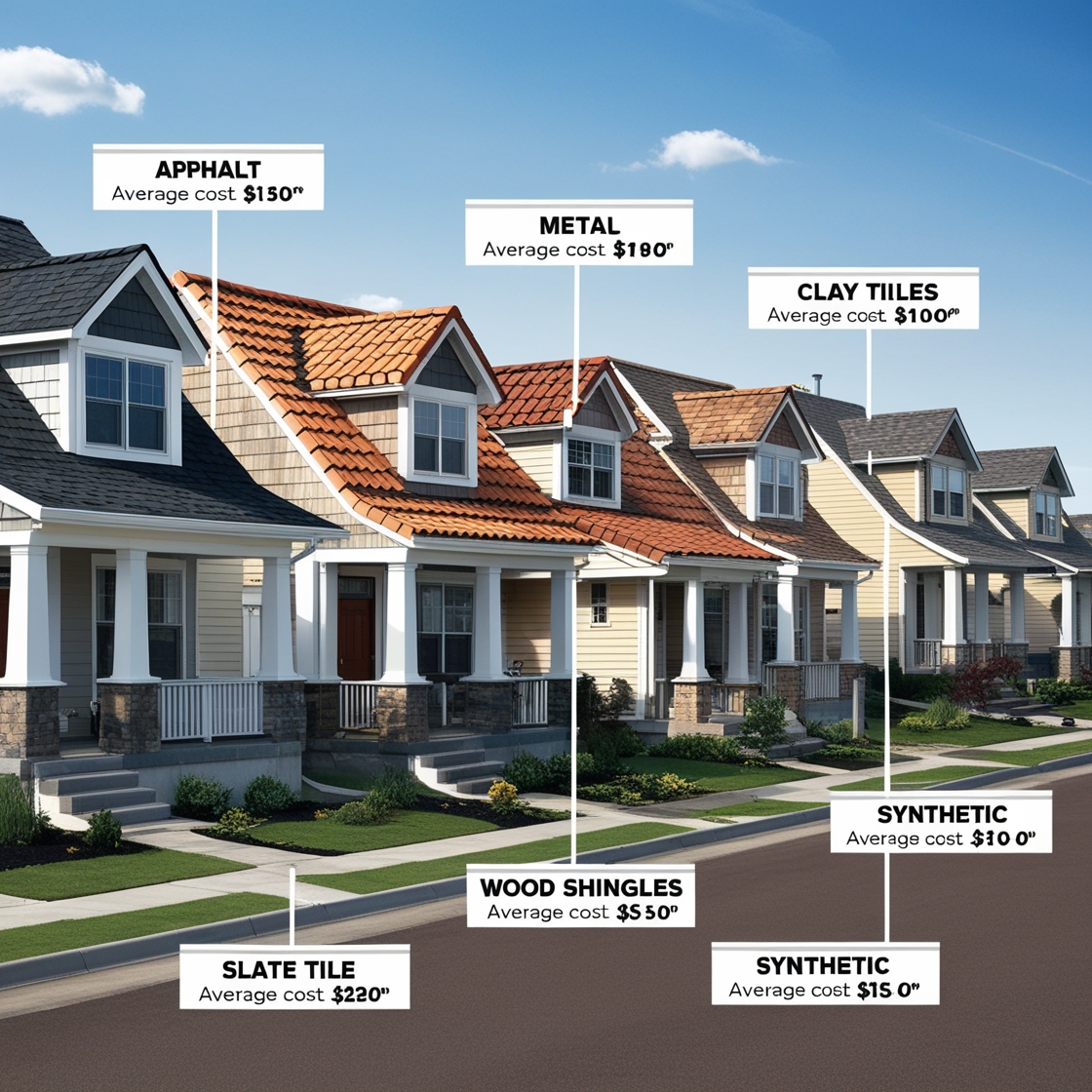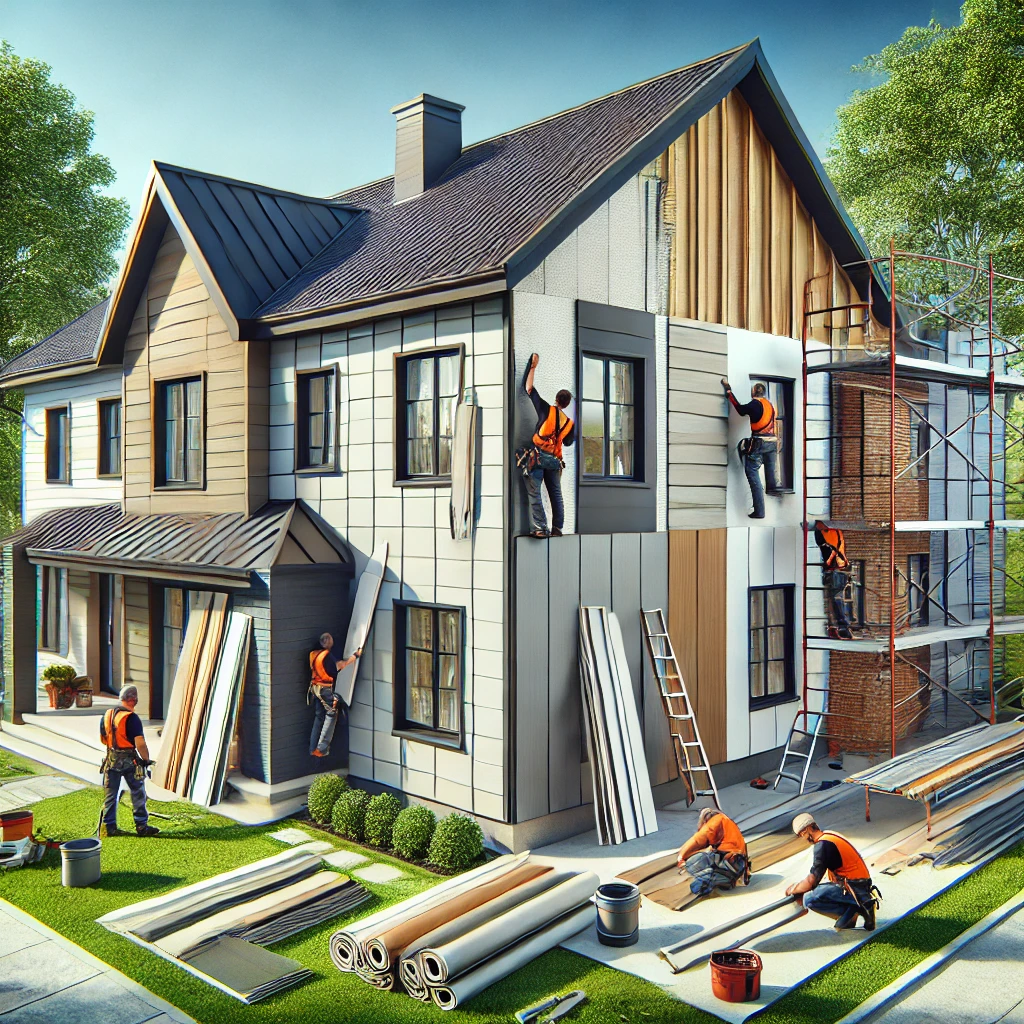Wood siding is a classic choice for homeowners who want to add natural beauty and timeless appeal to their homes. It has been used for centuries and remains popular due to its aesthetic charm and versatility. However, like any building material, wood siding comes with its own set of advantages and disadvantages. In this article, we’ll explore the pros and cons of wood siding to help you determine whether it’s the right choice for your home.
The Pros of Wood Siding
- Aesthetic Appeal
- Natural Beauty: Wood siding is often chosen for its rich, natural appearance. It brings warmth and character to a home, creating a welcoming and cozy atmosphere. The natural grain and texture of wood can be a significant visual asset, adding depth and dimension to the exterior.
- Customizable: Wood siding offers a high degree of customization. It can be stained, painted, or left in its natural state, allowing homeowners to achieve the exact look they desire. Whether you prefer a modern, sleek finish or a rustic, weathered appearance, wood can be tailored to meet your aesthetic preferences.
- Versatile Styles: Wood siding is available in a variety of styles, including shingles, clapboards, vertical boards, and log siding. This versatility allows it to complement various architectural designs, from traditional to contemporary homes.
- Eco-Friendliness
- Renewable Resource: Wood is a renewable resource, making it an environmentally friendly choice for siding. When sourced from sustainably managed forests, wood siding has a lower environmental impact compared to many other materials.
- Biodegradable: Unlike synthetic materials, wood siding is biodegradable. At the end of its life cycle, wood siding can be recycled or allowed to decompose naturally, reducing landfill waste.
- Energy Efficiency
- Natural Insulation: Wood is a natural insulator, helping to keep your home warm in the winter and cool in the summer. This can contribute to energy savings by reducing the need for heating and cooling, making your home more energy-efficient.
- Ease of Repair
- Simple Repairs: If a section of wood siding becomes damaged, it can often be repaired or replaced relatively easily. Unlike some other materials that require large sections to be removed, wood siding repairs can be more localized and cost-effective.
The Cons of Wood Siding
- Maintenance Requirements
- High Maintenance: One of the most significant drawbacks of wood siding is the level of maintenance it requires. To keep wood siding in good condition, it needs to be regularly painted, stained, or sealed. This maintenance is necessary to protect the wood from moisture, UV rays, and insect damage.
- Susceptibility to Rot and Decay: Without proper care, wood siding is susceptible to rot and decay, especially in areas with high humidity or heavy rainfall. Moisture can seep into the wood, leading to fungal growth and structural damage over time.
- Insect Infestation: Wood siding is vulnerable to insect infestations, particularly from termites and carpenter ants. These pests can cause significant damage if not detected and treated promptly.
- Cost Considerations
- Higher Initial Cost: Wood siding tends to be more expensive than other siding materials, such as vinyl or aluminum. The cost of the wood itself, combined with the need for regular maintenance, can make it a more costly option in the long run.
- Installation Costs: Installing wood siding requires skilled labor, which can add to the overall expense. The installation process can be more time-consuming and complex compared to other materials, further driving up costs.
- Vulnerability to Fire
- Fire Risk: Wood is a combustible material, making it more vulnerable to fire than non-combustible options like fiber cement or metal siding. In areas prone to wildfires, this can be a significant concern. Some wood siding is treated with fire-resistant chemicals, but this can add to the cost and may not completely eliminate the risk.
- Weather Sensitivity
- Expansion and Contraction: Wood is sensitive to changes in temperature and humidity, which can cause it to expand and contract. Over time, this can lead to warping, cracking, or splitting, particularly if the siding is not properly maintained.
- Fading and Discoloration: Prolonged exposure to sunlight can cause wood siding to fade or discolor. While regular staining or painting can help preserve its appearance, it adds to the ongoing maintenance requirements.





